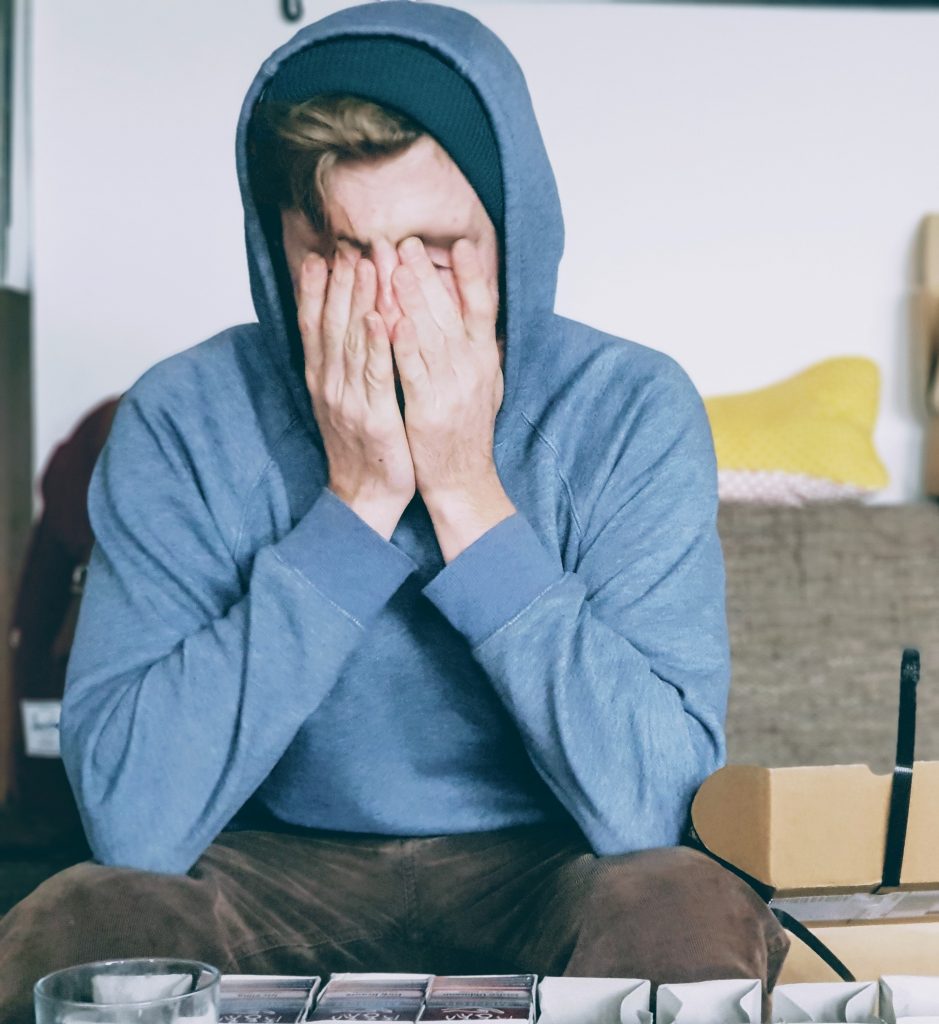In May 2018 the World Health Organisation (WHO) included gaming disorder as a behavioural addiction on its 11th International Classification of Diseases (ICD).
The criteria, which doesn’t include a certain amount of hours spent playing, are listed below and the WHO make it clear that for a ‘diagnosis’ the behavioural pattern must be present for a minimum of 12 months.
The criteria, which doesn’t include a certain amount of hours spent playing, are listed below and the WHO make it clear that for a ‘diagnosis’ the behavioural pattern must be present for a minimum of 12 months.
This list is not exhaustive but to provide some general pointers. Remember there may be other reasons why your child is behaving in a particular manner so as always it is good to have open and honest conversations with your child.
Signs of potential gaming disorder

Emotional signs
- Preoccupation with gaming
- Downplaying the amount of time they spend gaming
- Unable to set game time limits
- Avoiding family and or friends
- Being overly defensive

Physical signs
- Headaches or migraines
- Neglecting hygiene
- Extreme fatigue
- Carpel Tunnel Syndrome
